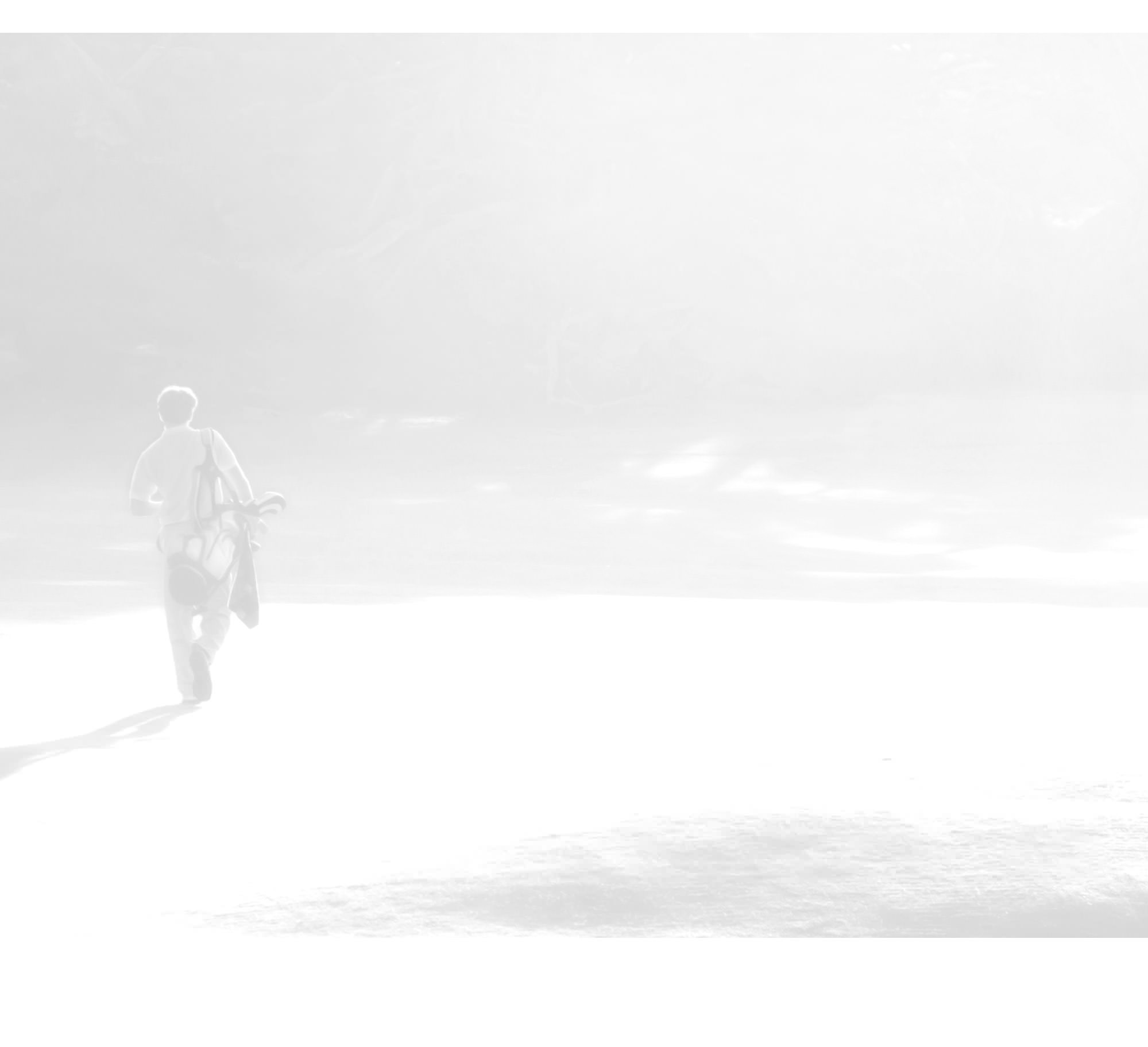
John Henry
Handicap Index: 9.2
Tuesday, March 10, 2015
Tiger’s problems are not just mechanical but also in his head, heart and spirit I believe. With success come failures and with failures come success.

February 17, 2015
By Ted Johnson
As the golfing world turns its eyes to the Northern Trust Open at Riviera CC, the announcement the previous week from 1994 SCGA Amateur Champion Tiger Woods echoes like a cannon shot among fellow PGA TOUR pros and golf fans alike.
Announcing that he’s taking an “undetermined leave of absence” from the game, Woods went to the Colorado Rockies to cheer on World Cup skier and girlfriend Lindsey Vonn while golf fans can only rewind bladed chip shots, chunked approaches and repeatedly wayward tee shots during the Waste Management and Farmers Insurance Open tournaments – the latter at Torrey Pines, a place seemingly secure as Woods’ permanent sanctuary, what with eight wins there in his career.
Images of Woods struggling mightily in Phoenix and then in La Jolla has fueled wicked crosscurrents of opinions, some saying he’s done, others saying it’s just another chapter in a long career of great golfers.
Ernie Els, who at 45 years old is six years older than Woods, knows all about that. Els won the 2012 British Open at Royal Lytham and then promptly disappeared. Not from the course, but from the top of the leaderboard. Following the win at Lytham, Els played in 54 events prior to playing last week at Pebble Beach and had only four top-5 finishes. And his best finish was fourth place.

Short game woes, particularly with the putter, dropped the “Big Easy” off the competitive golf landscape. His answer: Work it out, and then take it back out on the course. In 2014 Els played in 35 events around the world, remarkable for a man who has a young family and more than enough money to take him into the second half of his life. But the competitive urge prevented him from losing his desire to succeed.
“You go back to the drawing board and you look at old video,” Els said. “You look at your old set-up position. And you start hitting chips, but then you have to take it to competition. You can hit as many chips as you want, but you have to play tournament golf. And that’s what I did. I looked at my [putting] technique, and it was wrong – too upright, my hands took over. I have to putt with my shoulders, my big muscles, and that’s when you start building the trust and the confidence.
“[Tiger] has chipping difficulties and he has to work it out and then come out and play,” Els continued. “That’s the way I did it. One step at a time, and I have to give it a go. But that you have to work out in your own mind.”
But don’t call it the yips.
“That’s a word we don’t use,” Els explained. “So I would say his difficulty is in his chipping – and everyone goes through that. For me, my favorite shot is a chip shot. But your set-up is wrong. Your technique is wrong, but you keep doing it. You don’t correct it. You don’t have someone saying, you’re too open, your posture is wrong. Things are wrong and you’re not going to chip the ball well.”
Yes, Els admitted, the mental pressure as one gets older does indeed build.
“When you get on, shots are more important,” Els continued. “You know how hard it is to pick up a shot so you don’t want to let a shot go. There’s a lot of tension saving shots, picking up shots. There is a difference from being young and older.”
Tiger turns 40 in December, Els 46 in October. Theirs is a history stuffed full with years of worldwide travel, dozens and dozens of major championships and noteworthy, important tournaments. There were memorable head-to-heads, like 36 holes at The Plantation course on Maui in the Mercedes, 36 more together at Bay Hill.
Els beat Woods in a PGA Grand Slam event for TBS back in the early 2000s, but for the most part Tiger has had the edge on Els, who finished second to Woods in the amazing 2000 U.S. Open at Pebble Beach. Later that summer, Woods tore up St. Andrews and Els said afterward that he had played his best or even if he had there was no way he could have overcome Woods that weekend.
“Curtis Strange told me never to say that,” Els laughed. “But there it was.”
After a while one has to figure that the nerves eventually burn out, and with it the feel one needs to handle the demanding and difficult shots needed to defeat the world’s best golfers on the world’s most trying courses. That’s what so many fans wonder about Woods. Els disagrees.
“Listen, I feel good now but I went down to the dark side a couple of times and I’m not afraid to say it. Now, whatever happens, happens. But I put in the time and the hours, and I love the game, and I feel I can still play my best golf and enjoy it. I didn’t enjoy it for a long time. I was missing putts and screwing up.”
Tiger, Els said, needs to get back to work then back on the course. It’s the only place where he’ll find out if the magic remains.
“You can only do it in competitive golf,” Els said. “Get back to work.”

Tiger’s problems are not just mechanical but also in his head, heart and spirit I believe. With success come failures and with failures come success.